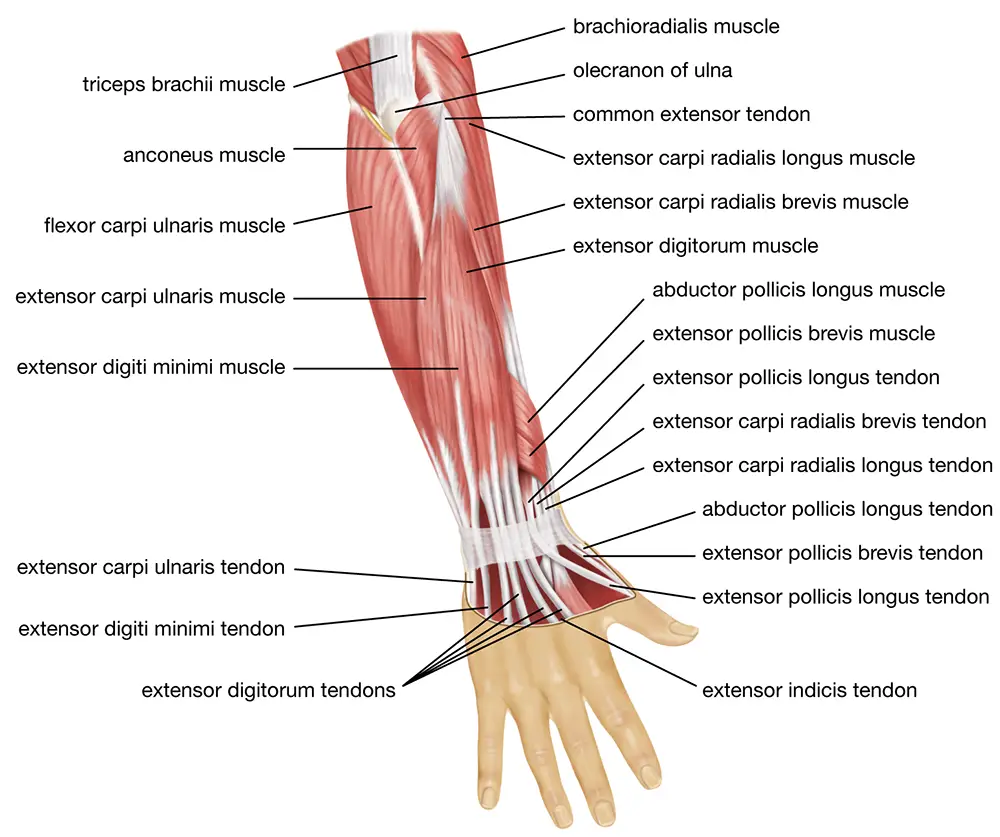Use of the Hand Limb in Keyboard Technique
Generalizations, or the application of a description of structure or function of any part to the movements of the body as a whole,
must be postponed until the physiological mechanism has been studied in its entirety. The physiological mechanism has to be studied in its entirety, for each part has to be studied in order for it to be practically used.
The human body may be divided into four parts.
- Skeleton
- Muscles
- Nerves
- Circulation

Skeletal Structure
The skeleton is the bony and cartilaginous[1] structure that supports the fleshy parts of the body.
The skeleton divides into two parts.
Only the bones and joints of the upper extremities will be considered in detail during our analysis of skeletal structure. Restriction and freedom are directly dependent upon the anatomical possibilities of movement at the various joints. The analysis of these possibilities forms the basis for the analysis of the various touch-types. The skeleton is the true basis of all pianistic ''positions''. A careful study of these movements will prevent much confusion as to what actually takes place muscularly when we play upon a piano, for without the skeletal structure, posture of any kind is impossible. The skeleton, accordingly, is the true basis of all pianistic positions.
- Axial Skeleton and the
- Appendicular[2] Skeleton.
Only the bones and joints of the upper extremities will be considered in detail during our analysis of skeletal structure. Restriction and freedom are directly dependent upon the anatomical possibilities of movement at the various joints. The analysis of these possibilities forms the basis for the analysis of the various touch-types. The skeleton is the true basis of all pianistic ''positions''. A careful study of these movements will prevent much confusion as to what actually takes place muscularly when we play upon a piano, for without the skeletal structure, posture of any kind is impossible. The skeleton, accordingly, is the true basis of all pianistic positions.
[1] cartilaginous: adj. [ME. & OFr. < L. cartilagiosus]
1) of or like cartilage; gristly, 2) having a skeleton made up mainly of cartilage, as sharks.
[2] appendicular: adj. of an appendix or appendicle; specif., of a limb or the limbs of a vertebrate.
[3] hyoid: adj. [Fr. hyoide < Modern Latin hyoides < Greek hyoeides shaped like the letter v (upsilon) < hy. upsilon + eidos, form] designating or of a bone or bones at the base of and supporting the tongue, U - shaped in man-n. the hyoid bone or bones.